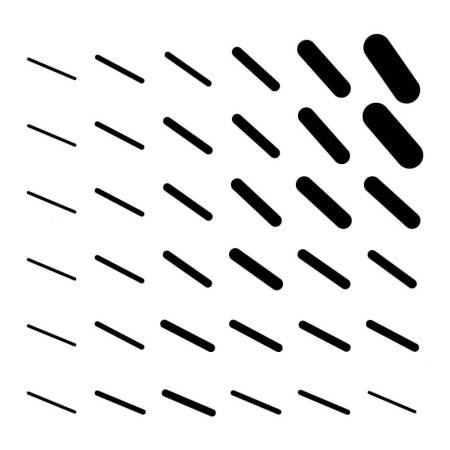Echoes in the haze
——The resonance of daily life and memory ——
Artist Kisho Kakutani was born in Hyogo Prefecture, Japan in 1993 and graduated from Tokyo Univer sity of the Arts in 2017 with a major in Japanese painting. At present, Kakutani is already a teacher at Tokyo University of the Arts, the highest institution of art in Japan, and believes that the path of the academic school will be very helpful to Kakutani's artistic success. Kakutani's current style is an experiment at the intersection of virtual and real, most of which are based on landscapes, reality and hazy are intertwined, both familiar and unfamiliar, implying Kakutani's philosophy of life, which is his current high-profile style, the realistic part shows a solid painting foundation, the hazy part is like a thin filament, full of reality, and the part where the two are handed over is also transitioned without a sense of disobedience. Kakutani's works are ideological, artistic and philosophical in both connotation and visual. It has an impact on the viewer, and when the impact wears off, it naturally resonates quietly with some of our life experiences.
Kisho Kakutani sees his work as a "tool to help others imagine," and he uses snapshots taken with his mobile phone as material for his creations. These snapshots are not only a record of your daily life, but also proof of your existence. Many of the photos accumulated every day are blurry, and even the memory of the shooting is blurry. Through painting, he reflects on the existence of the photograph and reconstructs it into an image world.
Explained in the series "Frost Window" and "Curtain"
In his masterpiece "Frost Window" and "Curtain" series, he presents the audience with similar blurred areas, and the other part presents a realistic scene. His works are deeply influenced by Japanese art and spirituality, and are created with contemporary artistic techniques, and his works touch the viewer's memory and reflect the colorful daily life. Kakutani's creative inspiration comes from people's memories and experiences inreal life. His work is not realism, it is not a direct depiction of real-world landscapes that do not actually exist. But the landscapes he presents are often universal. In this series, it is presented in a blurred manner as if it had been filtered, and its structure echoes the viewer's memory. These works go beyond mere visual information and are completed by projecting the thoughts and experiences of each person.
Kisho Kakutani's paintings began by cutting out everyday scenes with a smartphone. Although his starting point is to record through photography, his work is not directly "reproduced". A portion of the space is deliberately covered to create the feel of frosted glass or curtains, intentionally introducing visually ambiguous areas.
Kisho Kakutani's works are cleverly structured, striving to evoke memories and experiences in each viewer. For example, in the series "Fog Window" and "Curtain", the viewer is triggered to think and complete the two parts of ambiguity and reality, which is two parts: physiology and thinking. This reflects the question of "what is reality" and the artist's idea that "realism arises from the accumulation of experience".
In addition, in his recent "Fog Window" series, he focuses on the structure of vision, exploring how we "see" in our daily lives. In today's era of advanced technology and rapidly changing visual information, Kakutani presents incomplete and blurred images that question the nature of human reality.
For this exhibition, Kakutani visited many places in Beijing, documenting the local scenery from his own perspective and creating it. This exhibition is his second solo exhibition in China, but it is the first with Chinese elements.




